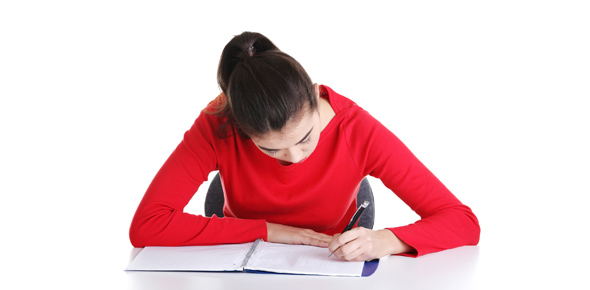Related Flashcards
Related Topics
Cards In This Set
| Front | Back |
|
In haircutting procedures, reference points are used to establish
|
Design liines
|
|
The reference point that signals a change in head shape from flat to round or vice versa is the
|
Four corners
|
|
A thin continuous mark that is used throughout a haircut is called a
|
Line
|
|
The straight lines used to build weight or create a one-length or low elevation haircut are
|
Horizontal lines
|
|
The striaght line used to remove weight or create graduated layer are
|
Vertical
|
|
The haircutting technique using diagonal lines to create fullness and blend long layers into short layers is
|
Beveling
|
|
A haircutting tool used for detailing and texturizing or an entire haircut is the
|
Straight razor
|
|
In cutting uniform or increasing layers, the hand position most often used in cutting is
|
Over the fingers
|
|
The technique of cutting below the fingers or inside the knuckles using a horizontal cutting line creates
|
A heavier graduated haircut or a one length bob
|
|
A haircutting technique that maintains control of a subsection with regard to elevations and overdirections is
|
Cutting palm to palm
|
|
In general a razor should not be used on curly hair as it will
|
Weaken the cuticle and cause the hair to frizz
|
|
The scissor over comb technique uses the comb to hold the hair in place and allows cutting from
|
Extremely short to longer lengths
|
|
When performing the notching technique of texturizing with shears, the tips of the shears should be held
|
2 inches from the ends
|
|
The slicing technique removes bulk and adds
|
Movement through the lengths of the hair
|
|
When performing the slicing technique on the surface of the haircut, it is best to work on
|
Dry hair
|




